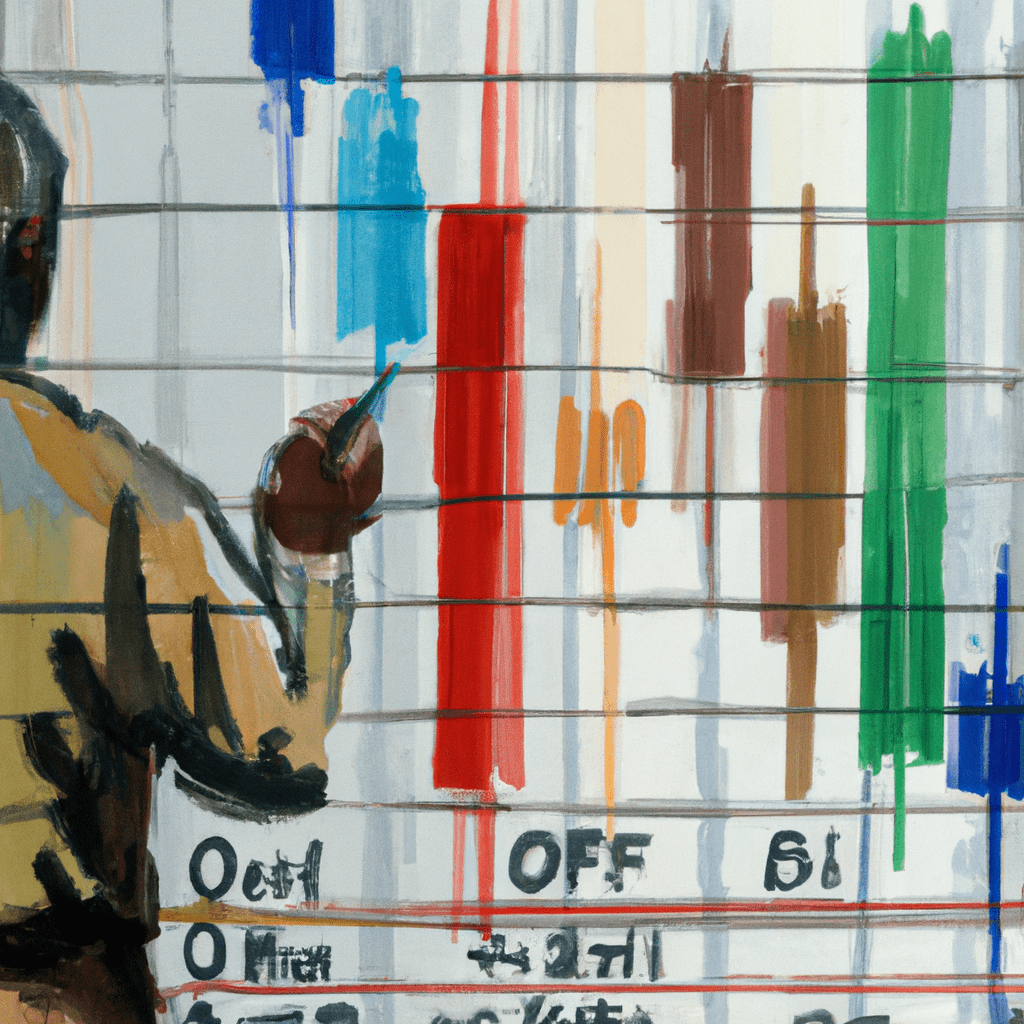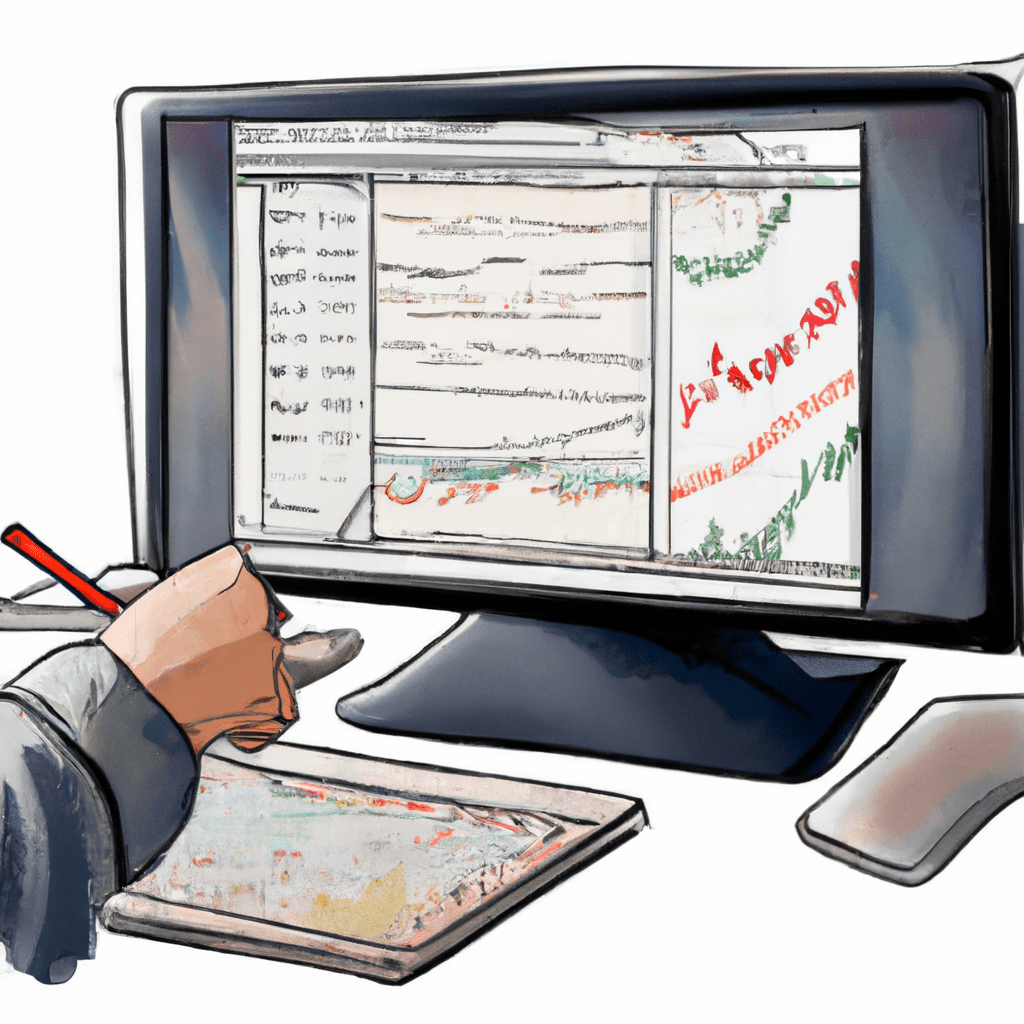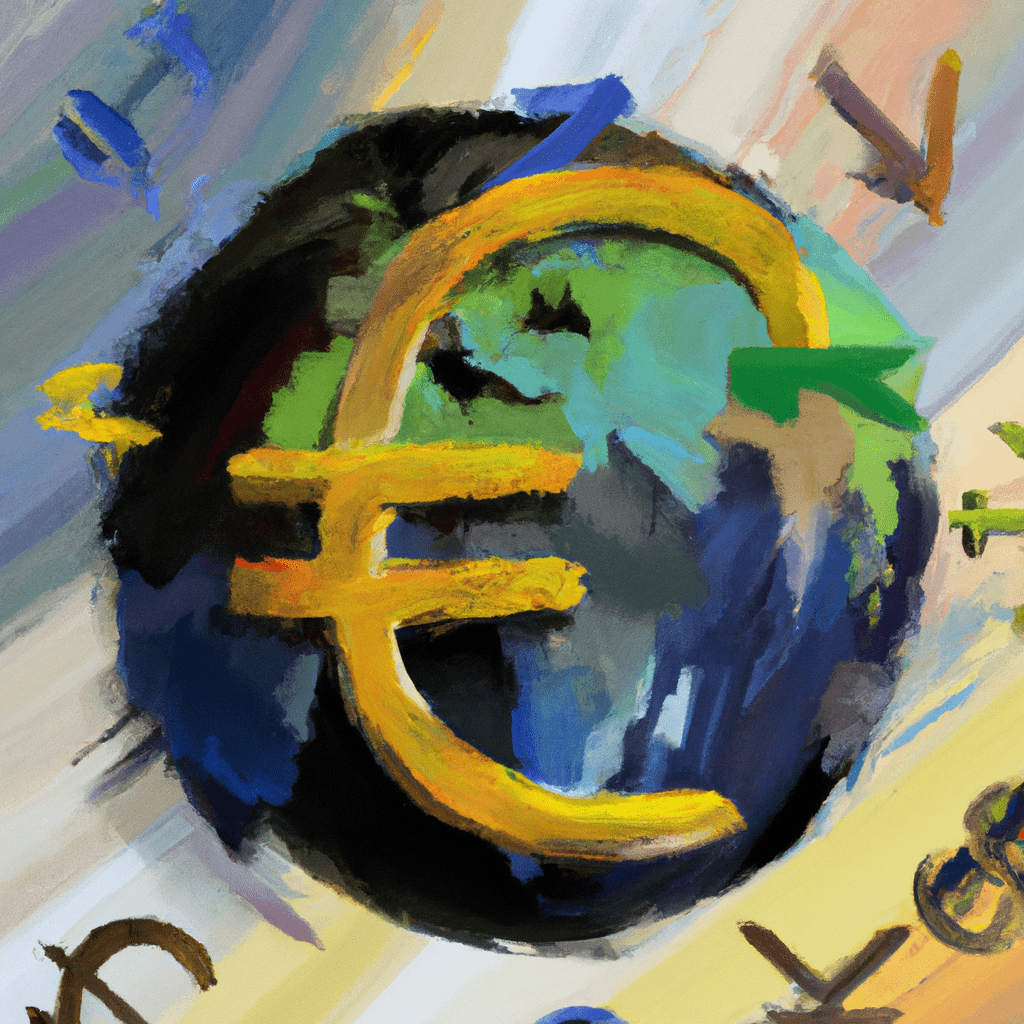This section provides an overview of forex trading, including strategies like spread-betting and CFD-trading. It emphasizes the importance of using forex signals, charts, and other tools for successful trading. These resources can help traders make informed decisions and stay updated on market trends. Overall, utilizing these resources can enhance a trader's understanding and improve their performance in the competitive forex industry.
In today's fast-paced and interconnected financial world, Forex trading has emerged as a popular and lucrative investment option for individuals and institutions alike. With its potential for high returns, flexibility, and global reach, Forex trading has attracted the attention of traders from all walks of life. If you're new to the world of Forex trading or looking to enhance your existing knowledge, this comprehensive guide is here to help. From understanding the basics to exploring different trading strategies and utilizing various tools, this article will provide you with the necessary insights to navigate the Forex markets successfully. Whether you're interested in spread-betting, CFD-trading, or leveraging FX signals and real-time charts, this guide will equip you with the knowledge and tools to master Forex trading. So, let's dive into the exciting world of Forex and discover the endless possibilities it offers.
1. “Understanding Forex Trading: A Comprehensive Guide to the Basics, Strategies, and Tools”

Forex trading, also known as foreign exchange trading, is the process of buying and selling currencies in order to make a profit. It is the largest financial market in the world, with trillions of dollars being traded every day. Understanding the basics, strategies, and tools of forex trading is crucial for anyone looking to venture into this exciting and potentially lucrative market.
Firstly, let's delve into the basics of forex trading. The forex market operates 24 hours a day, five days a week, allowing traders to participate at their convenience. Currency pairs are traded, with one currency being bought while the other is sold. The exchange rate between the two currencies determines the profit or loss made by the trader.
To succeed in forex trading, it is essential to develop effective strategies. There are various strategies that traders can employ, such as technical analysis, fundamental analysis, and sentiment analysis. Technical analysis involves analyzing charts and using indicators to predict future price movements. Fundamental analysis focuses on economic factors that can impact currency values, such as interest rates and economic data. Sentiment analysis examines market sentiment and investor behavior to gauge potential market movements.
In addition to strategies, traders can utilize a range of tools to enhance their trading experience. Forex signals are one such tool that can provide valuable insights and trading opportunities. These signals are generated by professional traders or automated systems and can be received via email, SMS, or through dedicated platforms. Forex signals can help traders make informed decisions by indicating potential entry and exit points in the market.
Another crucial tool in forex trading is charts. These graphical representations of price movements allow traders to visually analyze trends and patterns. Candlestick charts, line charts, and bar charts are some common types of charts used by forex traders. Charts can be customized with various indicators and overlays to aid in decision-making.
Furthermore, the forex market offers various trading options, including spread betting and CFD (Contract for Difference) trading. Spread betting allows traders to speculate on the price movements of currency pairs without owning the underlying asset. CFD trading, on the other hand, involves entering into a contract with a broker to trade the difference between the opening and closing price of a currency pair.
In conclusion, understanding the basics, strategies, and tools of forex trading is vital for success in this dynamic market. By familiarizing oneself with concepts like technical and fundamental analysis, utilizing forex signals and charts, and exploring different trading options such as spread betting and CFD trading, traders can enhance their chances of profitability in the forex market. Remember to stay updated with the latest trends and developments in the industry to stay ahead in this exciting and ever-evolving field.
2. “Exploring the World of Forex Trading: From Spread-Betting to CFD-Trading”

Forex trading, also known as foreign exchange trading, is a popular investment option for individuals looking to trade currencies and potentially generate profits from changes in exchange rates. Within the world of forex trading, there are various strategies and methods available, including spread-betting and CFD-trading.
Spread-betting is a form of derivative trading where investors speculate on the price movements of various financial instruments, including currencies. It involves placing bets on whether the value of a currency pair will rise or fall. The profit or loss is determined by the accuracy of the prediction and the size of the bet.
On the other hand, CFD-trading, short for Contract for Difference, allows traders to speculate on the price movements of financial instruments without owning the underlying assets. In forex trading, CFDs are commonly used to trade currency pairs. Traders can profit from both rising and falling markets by taking long or short positions on currency pairs. CFD-trading provides flexibility, as it offers leverage, allowing traders to open larger positions with a smaller initial investment.
To navigate the world of forex trading effectively, traders often rely on various tools and resources. Forex signals play a crucial role in guiding traders by providing real-time market analysis and trade recommendations. These signals are generated by professional traders or specialized software, aiming to identify potential entry and exit points for profitable trades. By subscribing to forex signal services, traders can receive notifications via email, SMS, or through dedicated platforms, ensuring they stay informed about market opportunities.
Additionally, forex tools such as charts are essential for technical analysis, which involves studying historical price data to identify patterns and trends. Traders can use charts to analyze currency price movements, identify support and resistance levels, and make informed trading decisions. Many trading platforms offer a variety of charting tools and indicators to assist traders in their analysis.
The forex market, often referred to as the FX market, is a decentralized global marketplace where currencies are traded. It operates 24 hours a day, five days a week, allowing traders to engage in trading activities at any time. The FX market is the largest and most liquid financial market globally, with an average daily trading volume of over $5 trillion. This liquidity provides traders with ample opportunities to enter and exit positions, as well as tight spreads for efficient trading.
In conclusion, exploring the world of forex trading offers individuals the opportunity to engage in spread-betting or CFD-trading on various currency pairs. By utilizing forex signals, tools like charts, and taking advantage of the liquidity in the FX market, traders can enhance their chances of making profitable trades. Whether one is a beginner or an experienced trader, forex trading provides a dynamic and potentially lucrative investment avenue.
3. “Mastering Forex Trading with FX Signals, Forex Tools, and Real-time Charts”

Forex trading can be a complex and dynamic market to navigate, but with the right tools and resources, traders can gain a competitive edge. One way to master forex trading is by utilizing FX signals, forex tools, and real-time charts.
FX signals are essentially trading suggestions or alerts generated by experienced traders or automated systems. These signals provide valuable insights into potential trading opportunities, helping traders make informed decisions. By subscribing to a reliable FX signals service, traders can receive notifications about entry and exit points, stop-loss levels, and take-profit targets, among other crucial information. This can be particularly beneficial for those new to forex trading, as it allows them to learn from seasoned professionals and gain confidence in their trading decisions.
In addition to FX signals, forex tools play a vital role in mastering the art of forex trading. These tools can vary from simple calculators to advanced trading platforms with comprehensive features. For instance, traders can leverage tools such as economic calendars to stay updated on key market events and their potential impact on currency pairs. Technical analysis tools, like Fibonacci retracement or moving averages, can help identify trends, support, and resistance levels, aiding traders in making accurate predictions. Additionally, risk management tools, such as position size calculators, can help traders determine the appropriate lot size based on their account balance and risk tolerance.
Real-time charts are another essential component of mastering forex trading. These charts provide a visual representation of currency pair movements, displaying price fluctuations over specific timeframes. Traders can analyze these charts to identify patterns, trends, and potential entry or exit points. Real-time charts often come with various technical indicators and drawing tools, allowing traders to customize their analysis according to their preferred trading strategies. By monitoring real-time charts, traders can make timely decisions and capitalize on market opportunities as they arise.
Overall, mastering forex trading requires a combination of knowledge, experience, and the right tools. FX signals, forex tools, and real-time charts can greatly enhance a trader's understanding of the market and improve their trading performance. Whether it's spread-betting, CFD trading, or diving into the vast FX markets, utilizing these resources can help traders make informed decisions and stay ahead in this competitive industry.
In conclusion, forex trading is a vast and dynamic market that offers numerous opportunities for individuals to engage in trading and potentially profit from currency fluctuations. This comprehensive guide has provided an overview of the basics, strategies, and tools involved in forex trading, including spread-betting and CFD-trading. By utilizing forex signals, forex tools, and real-time charts, traders can enhance their decision-making process and stay up-to-date with the ever-changing FX markets. Whether you are a beginner or an experienced trader, understanding the intricacies of forex trading and staying informed with the latest developments can greatly improve your chances of success in this exciting and lucrative field. So, take advantage of the knowledge gained from this article and start exploring the world of forex trading today!





